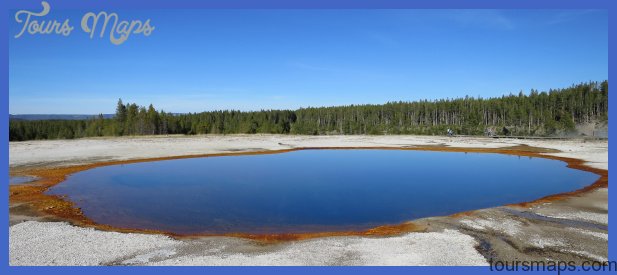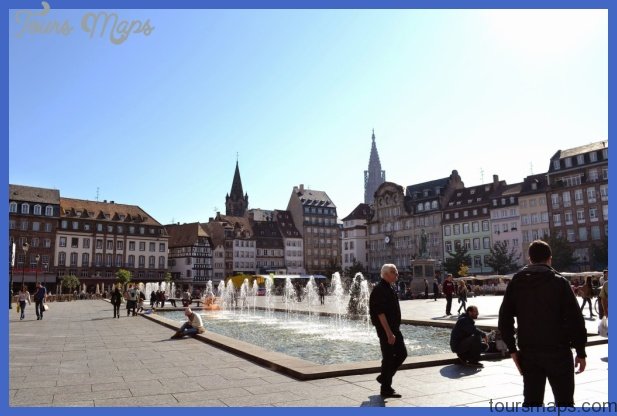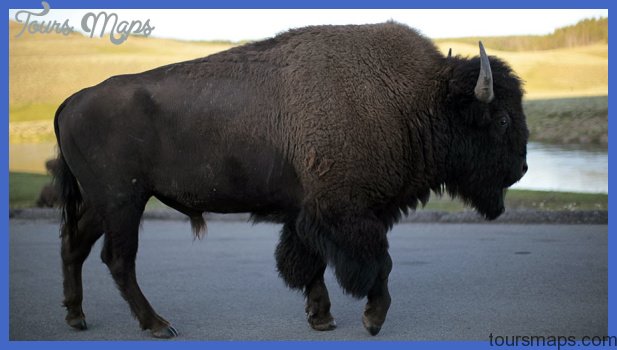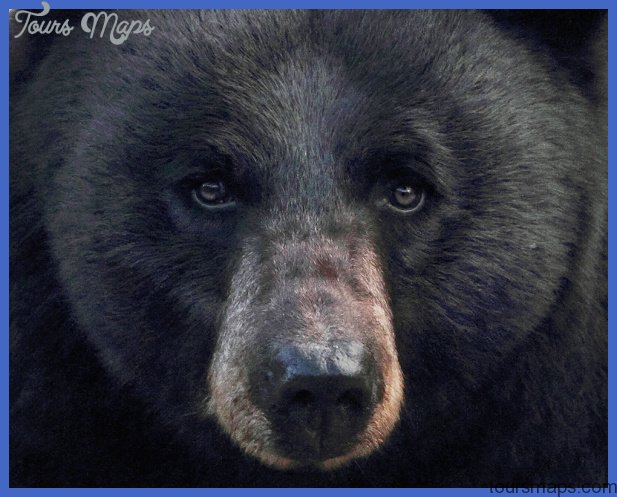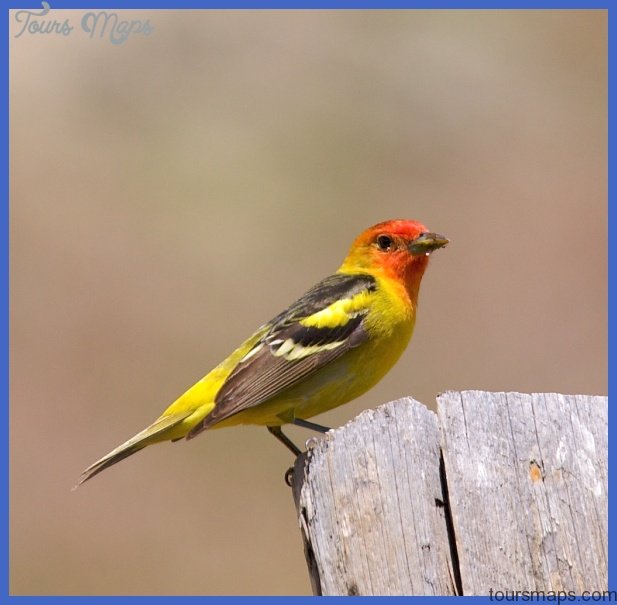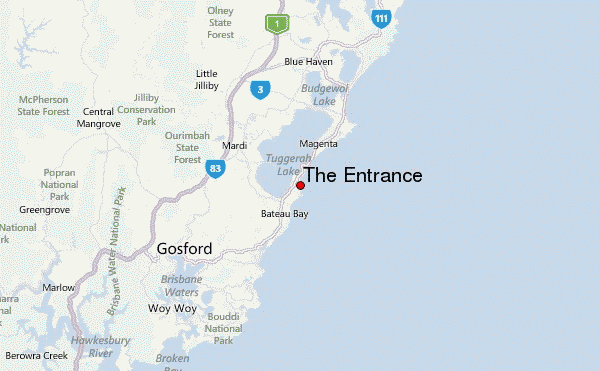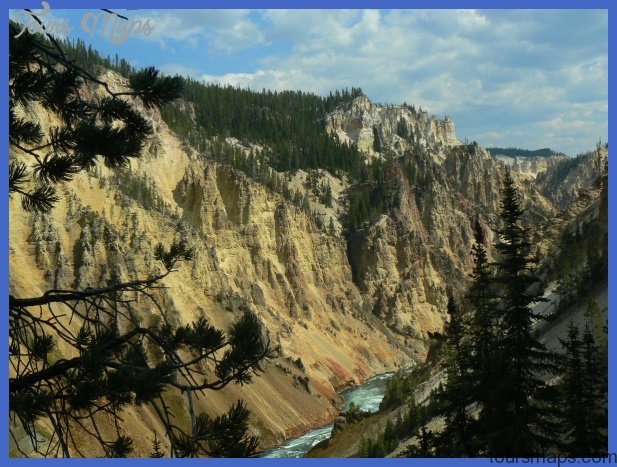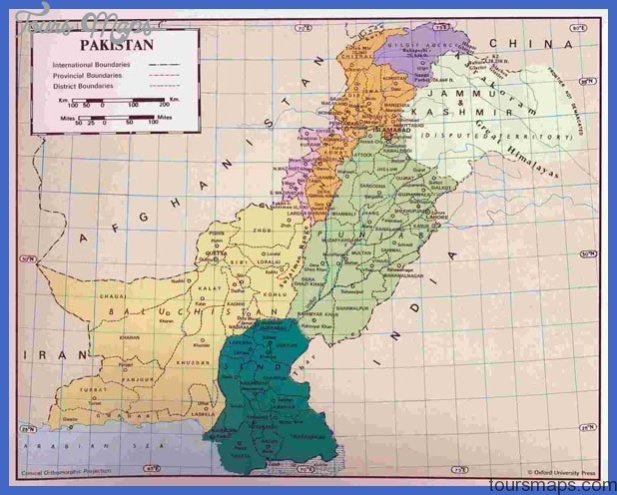Category: National
Microorganisms are all around us, present in all parts of Yellowstone, yet individually invisible to the naked eye. Living in very hot water are ones that interest us as …
Just what Back Basin is back of is not obvious to present-day visitors, but the basin was in back of the museum before the Grand Loop Road was rerouted. …
The late 1990s saw a dicult problem arise between the agencies responsible for protecting bison and the ranchers who graze herds of cattle on private and public property all …
Grizzly bears were probably more common here than black bears in the 19 th century. Recent estimates put the number of grizzlies in the Greater Yellowstone Ecosystem at about …
Yellow-headed blackbirds (Xanthocephalus xanthocephalus) may be seen in the reeds at Floating Island Lake west of Tower Junction or along the edges of some of that area’s other ponds. …
To drive to Yellowstone Park from Livingston, take U.S. Highway 89 from the center of Livingston or from Interstate 90 just south of town. In about 3 miles (5 …
Steam vents, or fumaroles, are places where there’s a steady flow of steam coming from a fissure in the ground. A steady downward see of groundwater reaches hot rocks, …
No one thought in 1872 that such a relatively small tract of land in the vast western territories would actually become a preserve for bears, wolves, bison, and thousands …
From just inside the North Entrance gate, look toward the west to see Electric Peak (usually snow-capped), about 7 miles (11 km) away near the Montana/ Wyoming state line. …
You’re likely to spend the majority of your Yellowstone visit in the central plateaus region, where most of the roads are, along with the geyser basins, the Yellowstone Canyon, …
